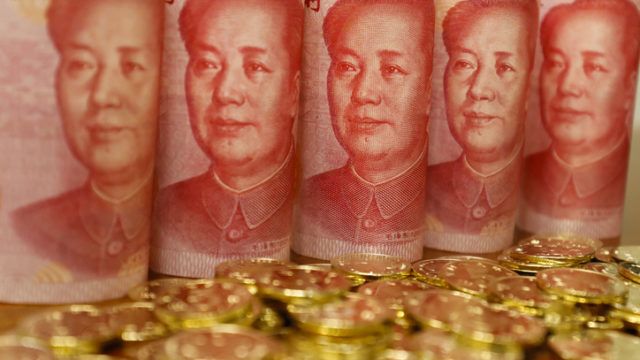Officials from China’s State Administration of Foreign Exchange (Safe) said the move will greatly enhance the convenience of foreign investor participation in the domestic financial market.
“In the future, qualified foreign institutional investors can simply remit capital to carry out compliant securities investment by registering,” according to a statement from Safe.
Both the qualified foreign institutional investor (QFII) and its renminbi equivalent (RQFII) programmes involve money going in to China. They allow foreign institutional investors, including fund managers, to invest in China’s onshore equities and bond markets, within specific quotas.
Since the implementation of the QFII system in 2002 and the implementation of the RQFII system in 2011, 400 institutional investors from 31 countries and regions have invested in China’s financial market through this channel, according to Safe.
“Safe will immediately proceed to amend the relevant regulations,” said Wang Chunying, the chief economist of Safe, in a separate statement.
“This move will help to further facilitate foreign investors to invest in the domestic security market and enhance the depth and width of China’s financial market opening,” Wang added.
Stronger inflows as door opens
Despite the escalation of trade dispute rhetoric and one-upmanship on tariffs this year, the CSI 300 Index is up 30% year-to-date, compared to -27.6% in calendar year 2018. The MSCI China, up 11.6% year-to-date, also looks set to reverse last year’s loss (-18.75%).
The removal of quotas should add to the potential capital inflows already expected from inclusion of China securities on various global indices.
Raymond Ma, a portfolio manager at Fidelity International, commenting on the move in a client note, was optimistic.
“This will further attract capital inflows into China and it is also a move to ensure they are well positioned for the full inclusion of China A shares into MSCI. Furthermore, it is a positive move in-line with China’s move to open up markets by increasing transparency and flexibility.”
However, Jing Ning, another Fidelity portfolio manager, argued that the quota removal alone will not result in tremendous capital inflows because the current QFII utilisation rate is low due to the Stock Connect scheme and other mechanisms offering equally easy market access.
“Nonetheless, it indicates Chinese regulators’ determination to further sweeten the infrastructure for foreign investors to get access to Chinese stocks,” she added.
Before the quotas were scrapped, capital flows were already on track to increase as A-share inclusion on global indices proceeds. S&P just released a list of A-shares to be included on its EM index. As of 6 September 2019, the process of adding 1,099 China A-shares to the S&P Emerging BMI began.
MSCI was the first mover. It just completed the second step in its three-step process of China A-share inclusion in the MSCI Emerging Markets Index.
In September this year, FTSE Russell said it plans to implement a second step toward the goal of increasing the A-share inclusion factor to 15% from 5%, FSA previously reported.
Moreover, on the bond side, JP Morgan in February 2020 will begin including Chinese government debt into its emerging-market indices, adding to the stream of foreign capital inflows.
















